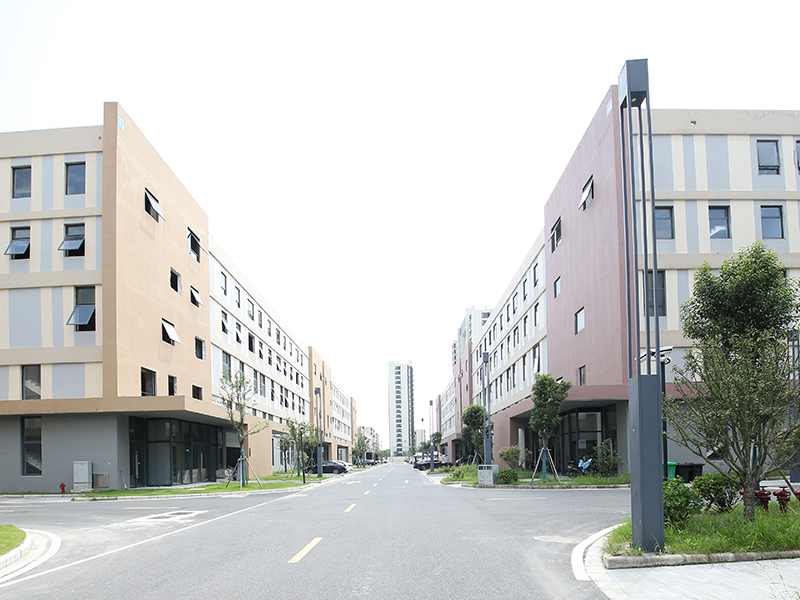-
Cycloidal pinwheel planetary reducer as an important mechanical transmission component has the characteristics of small size, light weight and high transmission efficiency. In order to describe cycloid formation and its classification accurately, we introduce the concept of the inner domain and the outer domain of the circle. The so-called inner region of a circle refers to the inner range of the containment of an arc line, while the outer region of a circle is the range outside the containment region.
According to the above definition, the definition of epicyclic is as follows:
-
Epicycloid: The circle is tangent to the base circle in the outer field of the base circle and rolls purely along the base circle. The locus of the fixed point on the circle is epicycloid.
-
Epicycloid: The epicycloid formed by the circumferential tangent of the circle with the base circle outside the circle (at this time the base circle is also outside the circle).
-
Internal and External Cycloids: External Cycloids formed by rolling a circle in the outer region of the circle and in the inner region of the circle.
-
Short-amplitude epicycloid: The track of a point relative to a circle in the inner circle of a rolling circle during the formation of an epicycloid; or the track of a point relative to a circle in the outer circle of a rolling circle during the formation of an epicycloid.
-
Long-amplitude epicycloid: Contrary to short-amplitude epicycloid, a relatively fixed point in the outer region of the circle for the external tangential epicycloid; a relatively fixed point in the inner region of the circle for the internal tangential epicycloid.
-
The short amplitude epicyclic and the long epicyclic are known as the amplitude cycloid. The degree of amplitude variation of epicycloid is described by amplitude coefficient, which is called short amplitude coefficient or long amplitude coefficient respectively.
-
The coefficient of variation of the outer epicyclic line is defined as the ratio of the swing length to the radius of the circle. The so-called pendulum length refers to the distance from a relatively fixed fixed point on the inner or outer sphere of the circle to the center of the circle.
-
For the inner-tangent and outer-cycloid, the amplitude coefficient is the opposite, which is expressed as the ratio of the radius of the circle to the length of the pendulum rod.





